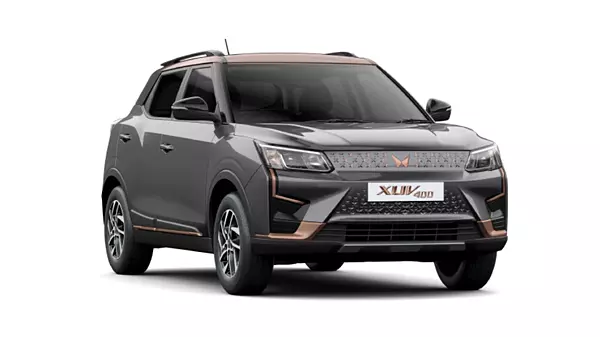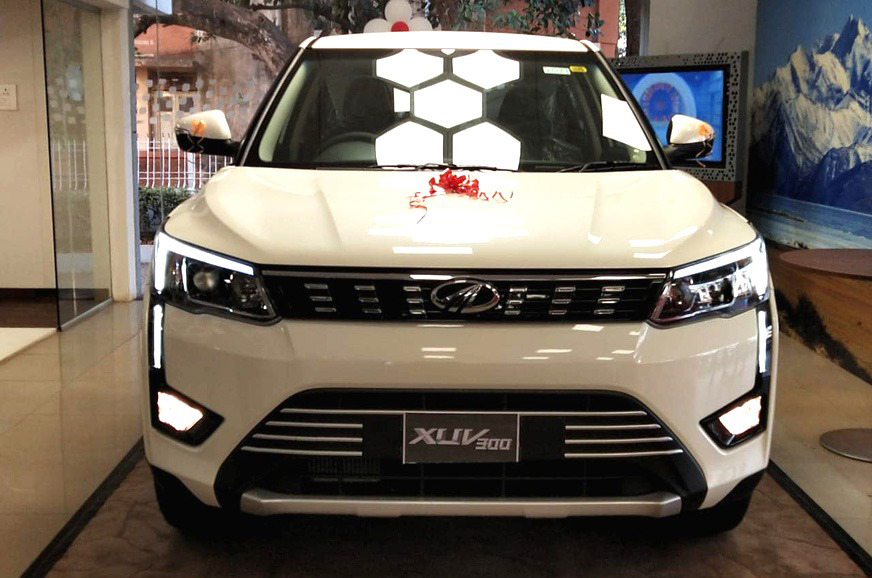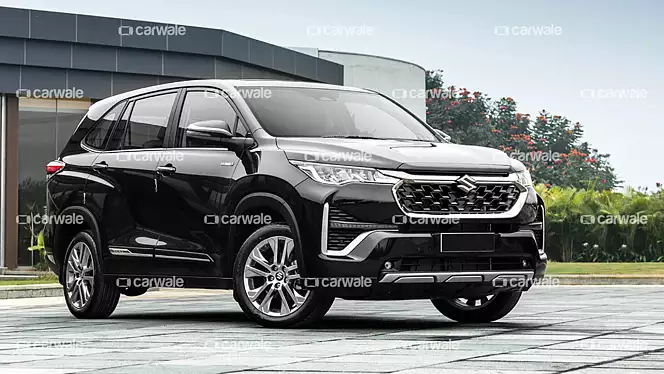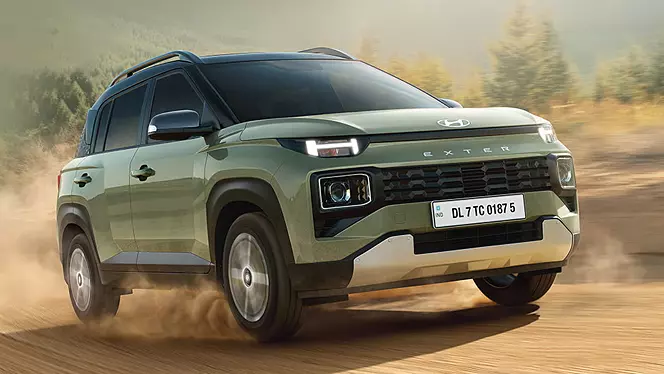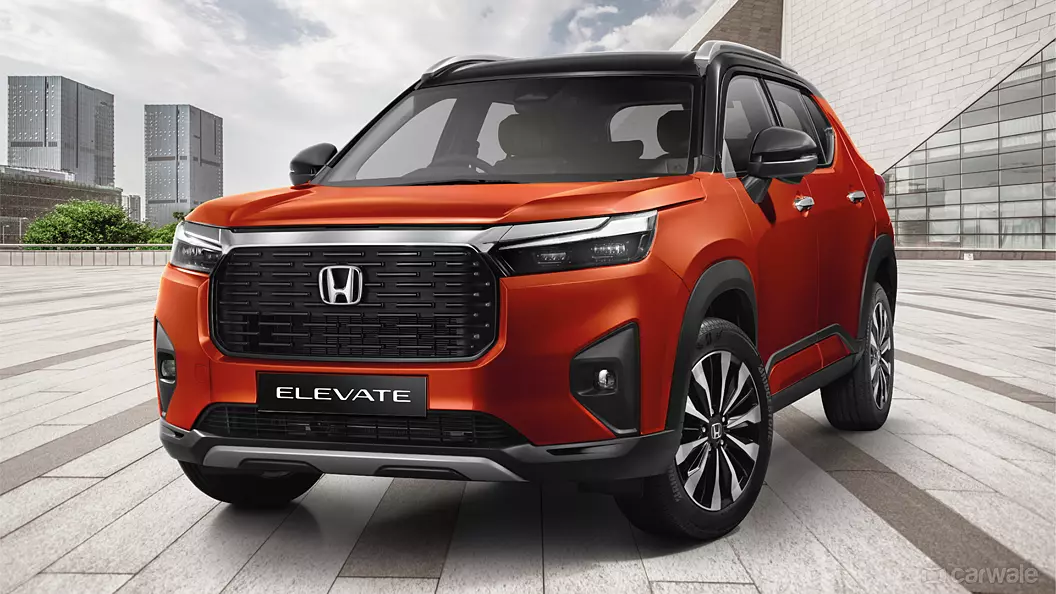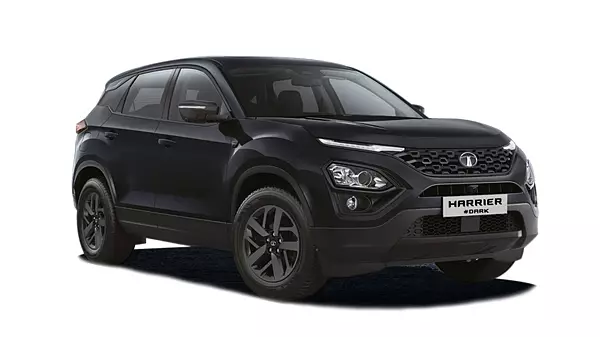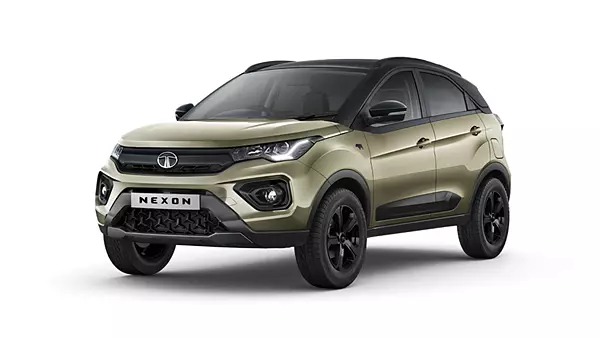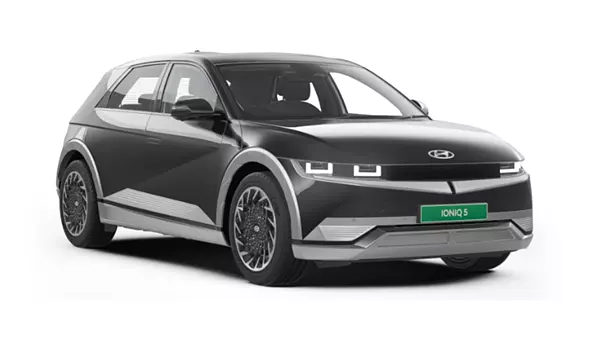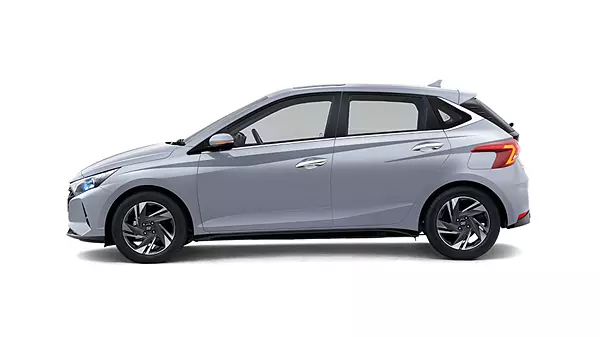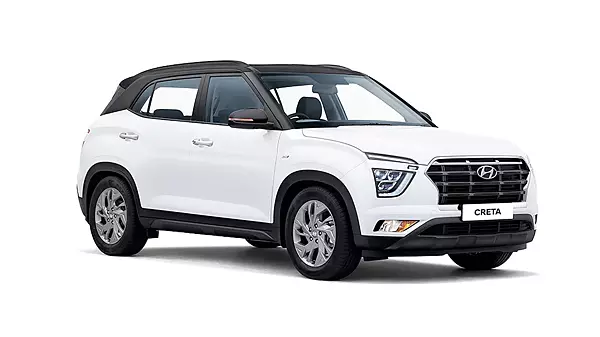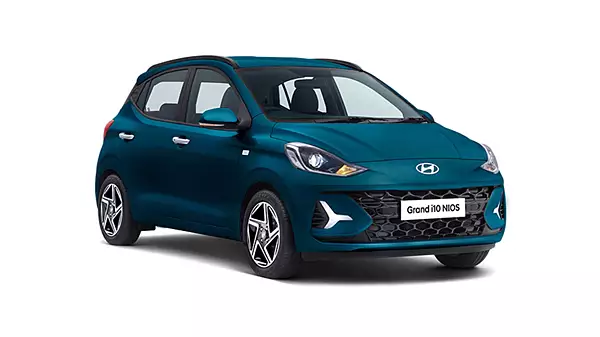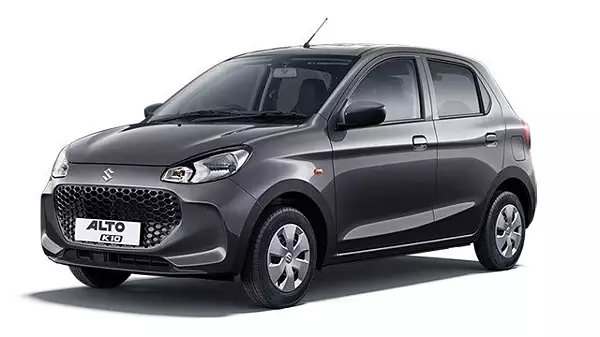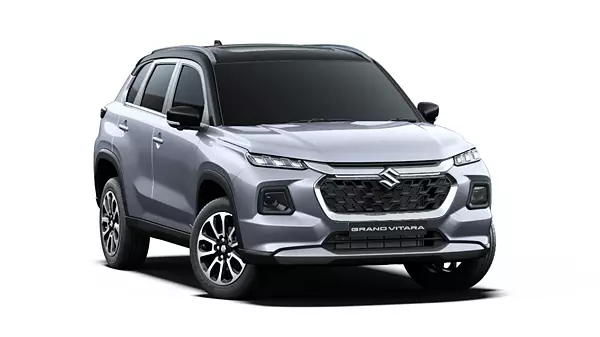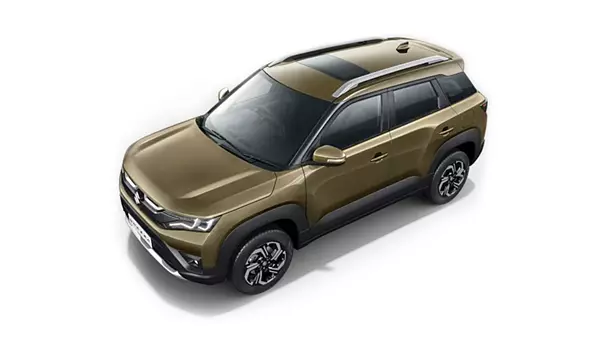Mahindra recently made a huge announcement about their foray into the electric segment, announcing five new eSUVs and their brand new platform, Inglo. However, the new brands, the XUVe and BE, don’t arrive till the end of 2024, which is over two years away. But till then, Mahindra needed something to fortify its presence in the mainstream eSUV market, and that’s where the XUV 400 comes in.
Just like its direct competition, the Tata Nexon, which was made to be an internal combustion engine machine and then adapted to become an EV, the XUV 400 is basically the XUV 300 now adapted into an EV. Pricing is the Nexon EV’s greatest ally, and being alone in that price segment meant it has become extremely popular and that segment is exactly where the XUV 400 is aiming.
The XUV 400 might be based on the 300, but it’s slightly longer, thanks to a slightly redesigned rear. So being 4200mm in length and with a wheelbase of 2600mm, it definitely has the Nexon beat in terms of space. The driving position remains identical, which is not a bad thing. The front seats are comfortable and offer good support. A brief session on the rear bench showed us there is enough legroom. The floor is now higher thanks to the battery placed below, but even then, the under-thigh support is pretty acceptable. Boot space at 378 litres is also the highest in the segment but not by much.
While the space and ergonomics are pretty good, the quality of materials and the design of the dash are where Mahindra seems to have missed the boat. The dashboard design is identical to the 300, and while it looked a little dated in the 300, it looks even more so in an EV. Mahindra has gone with an all-black finish on the dash with copper inserts. Sadly it’s only the copper inserts that look good. The black finish on the buttons seems cheap, and we are not sure if the grainy effect on the paint is deliberate or just a bad finish. Even the lettering on the buttons is barely visible.
Then there is the instrument console. The analogue dials have enough neon effect but look dated on an EV. We are used to seeing snazzy graphics and animations in EVs, which is important to give it a futuristic appeal, but all that is missing here. And then we finally come to the infotainment system. The seven-inch screen looks tiny for an electric SUV. Heck, even the new Alto now gets a seven-inch screen. Even the display is dull, although it worked fine in its Beta version. We think Mahindra could have done better and made more changes to make the XUV 400 stand out from the 300. Like even the charge-port opening lid switch still has a fuel icon on it and making it more EV-specific would not have cost much but would have definitely shown more effort from Mahindra.
Apart from the Apple CarPlay and Android Auto-equipped infotainment system, the XUV 400 also gets the Blue-sense mobile app, driver assessment and vehicle information in the infotainment system, steering mounted controls and an electric sunroof. The car that we drove is the top-spec version with six airbags, all-four disc brakes, ISOFIX child seat mounting points and ABS with EBD and traction control.
First up, let’s make this clear that although this was a car off the production line, it wasn’t the final product with a lot of features not activated. Powering the XUV 400 is a 39.4 kWh battery pack. The motor makes an impressive 147bhp and 310Nm of torque. The 400 also gets three driving modes, and no, it’s not zip-zap-zoom; instead, this time, it is Fun, Fast and Fearless.
Starting with Fun, this is the least powerful mode. The steering feels the lightest here, and the throttle response is most subdued. Fast mode steps things up a bit, and the steering gets more weight. The difference in throttle response is immediately noticeable, and it’s much sharper here. In Fearless mode, at least in this pre-production model, one literally had to be fearless. Acceleration, as expected, is the strongest here and with traction control still not activated, the XUV 400 would just light up its front tyres instantly. Mahindra claims a 0-100kmph time of 8.3 seconds which is slightly quicker than the Nexon. While we drove the car in closed conditions, out in the real world, the XUV 400 should have more than enough performance for everyday use.
Getting to the important aspects, the range and charging bit. Mahindra claims an ARAI-certified range of 456km. We couldn’t gauge that figure while driving the car because the display in our cars wasn’t showing the range and the battery percentage. But we expect the actual range to be slightly above 350km, something that we will test once the car is launched.
As for charging, the battery pack can be charged from 0-80% via a 50kW DC fast charger in just 50 minutes, while with a 7.2kW/32A outlet, it takes 6 hours 30 minutes for 0-100% charge and the same is achieved in 13 hours while using a standard 3.3 kW/16A domestic socket. During the unveiling of the XUV400, Mahindra had said that it was currently working on plans with various charging partners for roadside charging, showroom charging facilities and home charging options. It would announce these plans closer to the car's launch in early January 2023.


